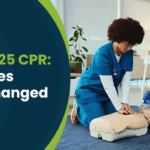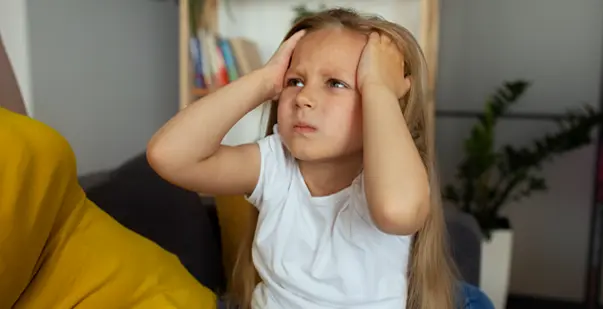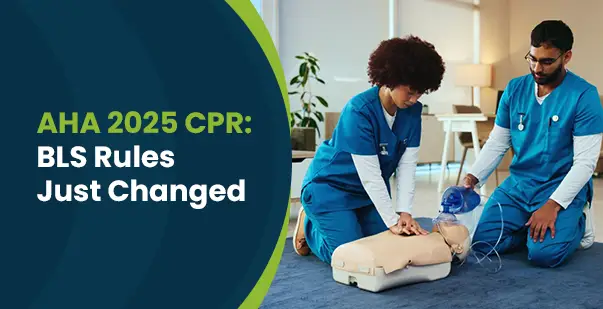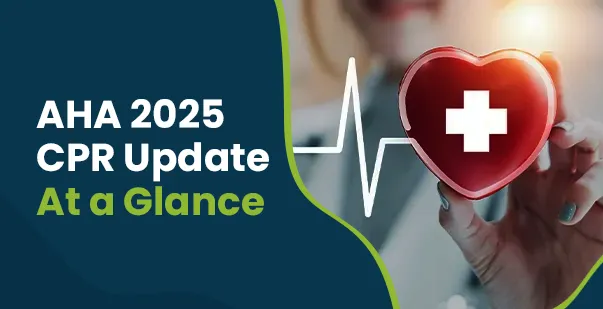Children often feel anxious about different things in different age groups. Most children tend to worry, which is normal while growing up. Did you know that approximately 9.4% of children aged 3-17 experienced anxiety in 2016-2019. It is very common for children aged 6 months to 3 years to have separation anxiety. They cry, especially when separated from their parents. It is also common for preschool students to develop fears and phobias. However, it is concerning when it turns to fear, anxiety, or depression. Persistent forms of fear and sadness are concerning and need immediate care. If you are a parent or a caregiver and want to help your child facing anxiety, this blog will help you learn valuable insights on anxiety in children.
What is anxiety
When a child does not let go of the fears and worries that are typical of young children, it gives rise to anxiety disorder. Here are the different types of anxiety disorders:
- Being afraid when away from parents
- Being afraid of school
- Having a fear of a situation or a thing, such as going to the doctor
- Having repeated spades of unexpected and intense fear accompanied by symptoms such as heart pounding.
Anxiety may present as a worry and make the children irritable and angry. The symptoms can include trouble sleeping and childhood anxiety symptoms such as headaches, fatigue, and stomach aches. Some children often do not share their worries, and you can miss the symptoms.
Anxiety can start creating problems when:
- It starts getting worse and does not go away.
- It interferes with your daily activities and stops your child from doing things they love.
- In certain cases, severe anxiety can harm the mental and emotional wellbeing of children, affecting their confidence and self-esteem. They can withdraw from situations or avoid things that make them anxious.
Read More: PALS Certification: Everything You Need to Know
What are the types of anxiety in children?
Here are different types of anxiety in children:
- Separation anxiety disorder: This is normal and a crucial phase of early development. This begins in most children when they are 8 to 12 months old. Separation anxiety is a normal phenomenon, with your child being afraid of strangers and refusing to be comfortable alone or in the absence of parental guidance. Children usually outgrow separation anxiety by the time they are ready for preschool. Many children feel fearful when they are leaving behind their parents or other family relationships they have at school or far from home in general, having separation issues like when going to sleep.
- Specific phobias: Your child may feel scared about something specific, such as storms or clowns. Specific phobias are extreme fears that can flow out of proportion with the threat of danger.
- Social anxiety disorder: This is an intense fear of being rejected in social situations. Your child might fear social interactions. They might be uncomfortable and avoid interactions at school or family gatherings.
- Generalized anxiety disorder: Your child may worry about the future more than their present age. They have several worries, which keep changing from time to time.
How common is anxiety in children?
Childhood anxiety disorders are very common. There is a high prevalence of the disorder among children between the ages of 13 and 18 years old. Nearly 1 in 3 adolescents between the ages of 13 and 18 experience anxiety.
What are the signs of anxiety in children?
When children feel anxious, they often cannot express what they are feeling. You may notice the following:
- Have difficulty sleeping.
- Wake up at night.
- Become irritable, tearful, and clingy.
- Have bad dreams.
- Have stomach aches or headaches
Childhood anxiety symptoms noticed in older children:
- Lack of confidence to try new things
- Facing challenges with everyday tasks
- Have problems eating or sleeping
- Find it hard to concentrate.
- Have a lot of negative thoughts, thinking of the worst things that will happen.
- Start avoiding every activity, such as seeing friends and going to school or other public areas.
- Have angry outbursts
What causes anxiety in children?
Anxiousness can develop after a stressful life event, and some have experienced stressful events from an early age, including:
- The death of someone close
- Difficulty finding places to live
- Moving to a new house or school
- Parents who fight
- Bullying, abuse, or neglect
It is difficult to say the main cause of children’s anxiety. Fear is a common event and is natural when growing up. However, for children with anxiety, it interferes with their day-to-day lives and is related to genetics, biology, and family history.
Read More: Pediatric Advanced Life Support (PALS): Pros & Importance
How do you treat anxiety in children?
Here are childhood anxiety treatments:
- Cognitive behavioral therapy: If you are wondering how to treat anxiety in a child naturally, you can seek Cognitive behavioral therapy (CBT). It helps children learn coping skills such as calming body reactions. Children can learn coping skills through individual therapy or group therapy. Parents can learn these skills to support their children.
- Medications: Your child’s healthcare provider may prescribe selective serotonin, such as these anxiety medication for children:
- Fluoxetine
- Sertraline
- Paroxetine
Conclusion
Anxiety in children can be very difficult for parents. The process of finding the right treatment can take time; however, it is okay. Identify the symptoms, and take the first step towards an anxiety free life for your child.









